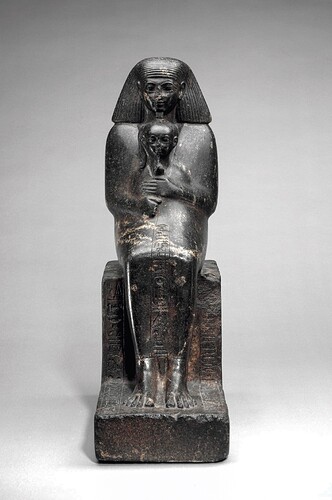If only-- there was a Topic Category for History and Archeology right? @Historyprof
This is a fascinating article. It focuses on a daughter of Pharaoh and what becomes her rule over Egypt.
Hatshepsut: Egypt’s Greatest ‘Pharaoh’s Daughter’
The Bible states that Moses lived 120 years and that his lifespan was divided into three equal parts. He spent his first 40 years as a prince in Egypt, then another 40 years as an outcast in Midian, and the final 40 years as leader of the Israelites (Exodus 7:7; Numbers 14:33; Deuteronomy 29:4; 34:7, etc). Moses died just prior to the Israelites crossing into the Promised Land (Deuteronomy 31:2). Applying this detail to Israel’s entry date into Canaan (circa 1406 b.c.e.) places Moses’s birth at around 1526 b.c.e.
The article goes on to detail how during her reign an unknown person was given numerous titles and raised to princely status in Egypt in a way that matches incredibly closely to the Biblical account of Moses. In Egyptian history he is called- Senenmut
Introducing ‘Mother’s Brother’
Egyptian records clearly show this man was of decidedly non-royal, common origin. Yet by the end of his life in Egypt—prior to his mysterious disappearance in the early-mid 1480s b.c.e.—he had risen to the highest ranks of Egyptian society.
This prince is referred to commonly as Senenmut (alternatively, Senmut). Author and investigative journalist Scott Alan Roberts identifies this individual as Moses. (Antonio Crasto likewise identifies this individual as Moses in his Italian-language article “Senenmut”).
